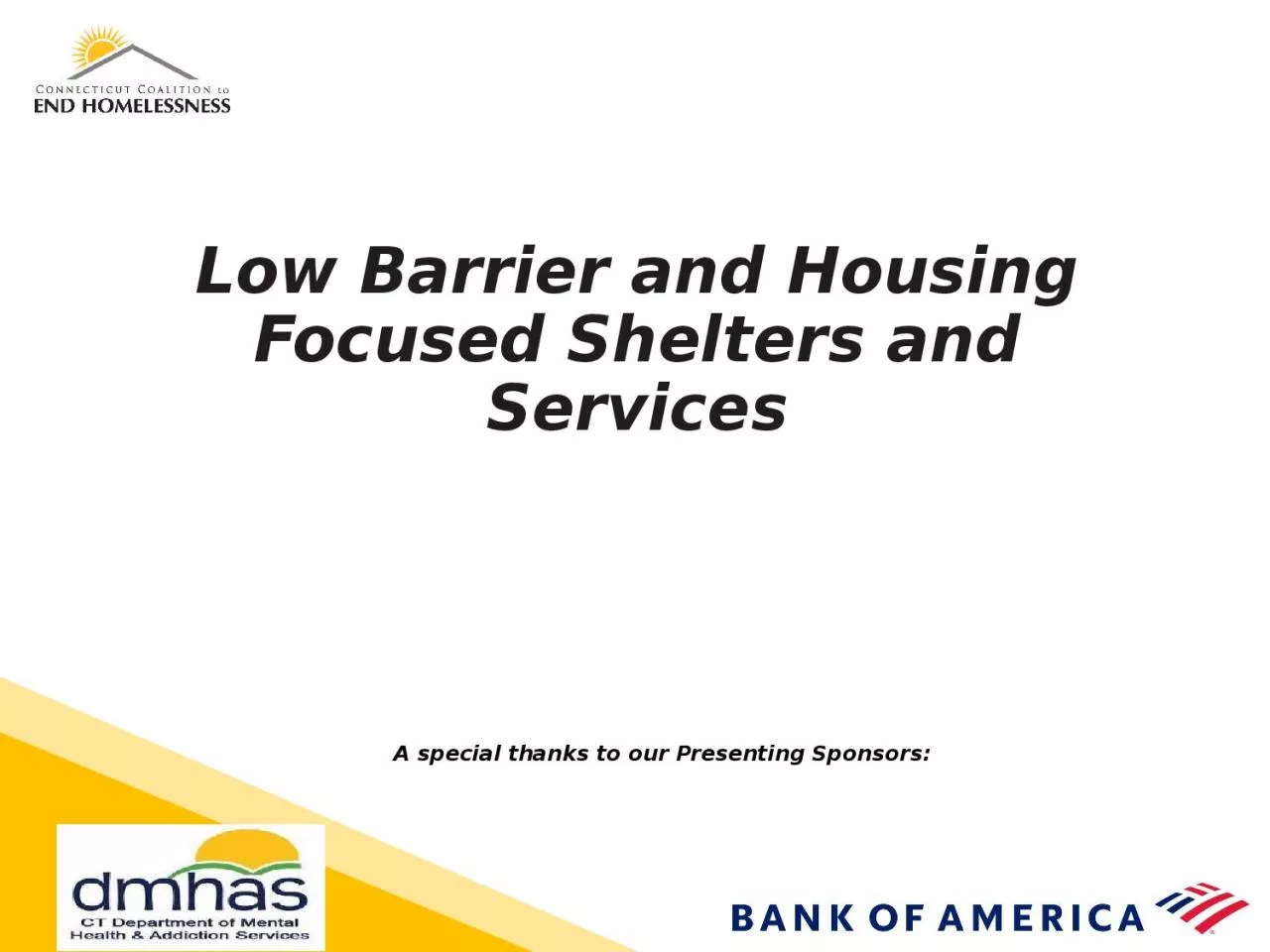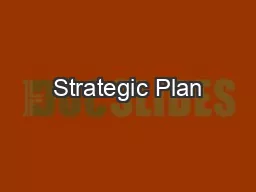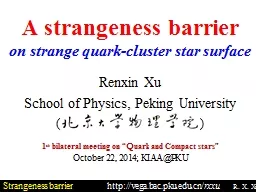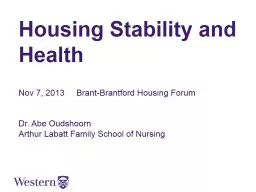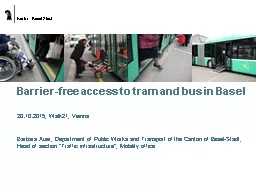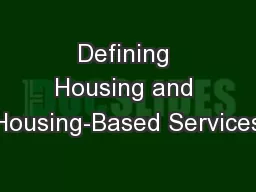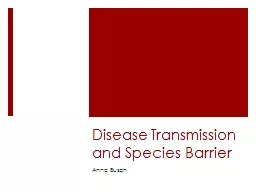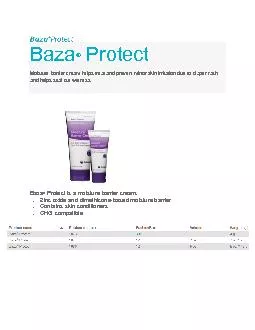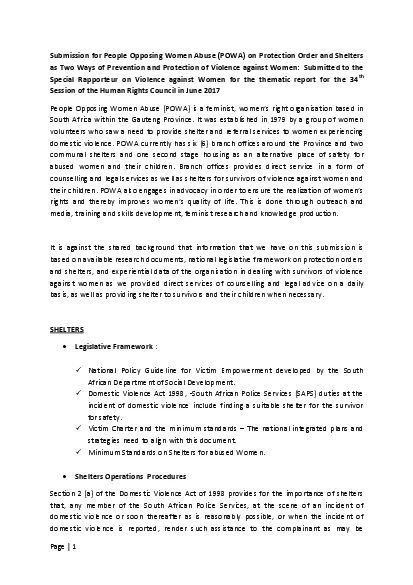PPT-Low Barrier and Housing Focused Shelters and Services
Author : phoebe | Published Date : 2023-09-20
A special thanks to our Presenting Sponsors Presenters Melanie Alvarez Director of Programs Friendship Service Center Inc Avery Lenhart Executive Director Windham
Presentation Embed Code
Download Presentation
Download Presentation The PPT/PDF document "Low Barrier and Housing Focused Shelters..." is the property of its rightful owner. Permission is granted to download and print the materials on this website for personal, non-commercial use only, and to display it on your personal computer provided you do not modify the materials and that you retain all copyright notices contained in the materials. By downloading content from our website, you accept the terms of this agreement.
Low Barrier and Housing Focused Shelters and Services: Transcript
Download Rules Of Document
"Low Barrier and Housing Focused Shelters and Services"The content belongs to its owner. You may download and print it for personal use, without modification, and keep all copyright notices. By downloading, you agree to these terms.
Related Documents

